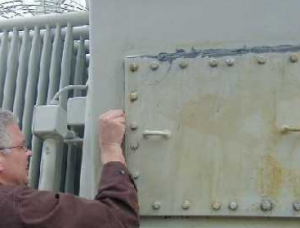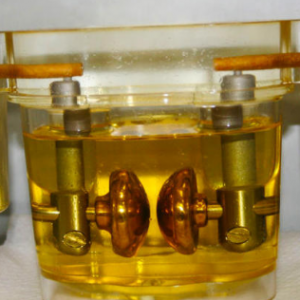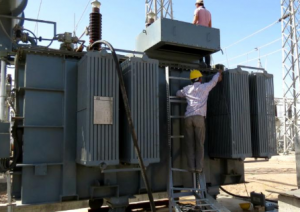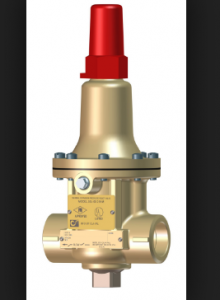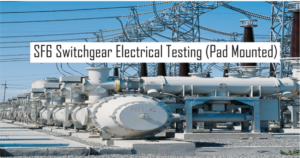Main keywords are for this article: Oil leak repair transformer, Oil leak sealer
TOOLS AND MATERIALS
- Replacement New Radiator with set of New Gasket.
- Clean empty plastic drum.
- Clean Plastic Flexible Hose
- Drain Valve Fitting
- Electric Oil Pump
- NOT Materials for leak verification.
OIL LEAK REPAIR TRANSFORMER
GENERAL PREPARATORY WORKS
Manpower, equipment, tools and other logistics are ready and prepared for rectification.
Rectification of damaged radiator shall be in accordance with vendor procedures as stated in this article.
ISOLATION OF DAMAGED RADIATOR
- Close the radiator butterfly/ shut-off valve (Upper & Lower) to isolate the oil volume within the radiator.
- Full volume of oil in the radiator shall be drain out.
- Loosening the responsible nuts and washers for the radiator flanges will set it free and ready for detachment.
- With lifting equipment (crane), damaged radiator to be detached from transformer main tank.
INSTALLATION OF REPLACEMENT NEW RADIATOR
- Installed the new radiator to the transformer with the lifting equipment.
- Open the shut-off valve (oil from transformer tank to fill the space in the radiator).
- Air to be bled out totally form the radiator through the upper fill plug until oil seeps out.
- Filled oil (removed transformer oil from existing radiator) to the transformer main tank.
